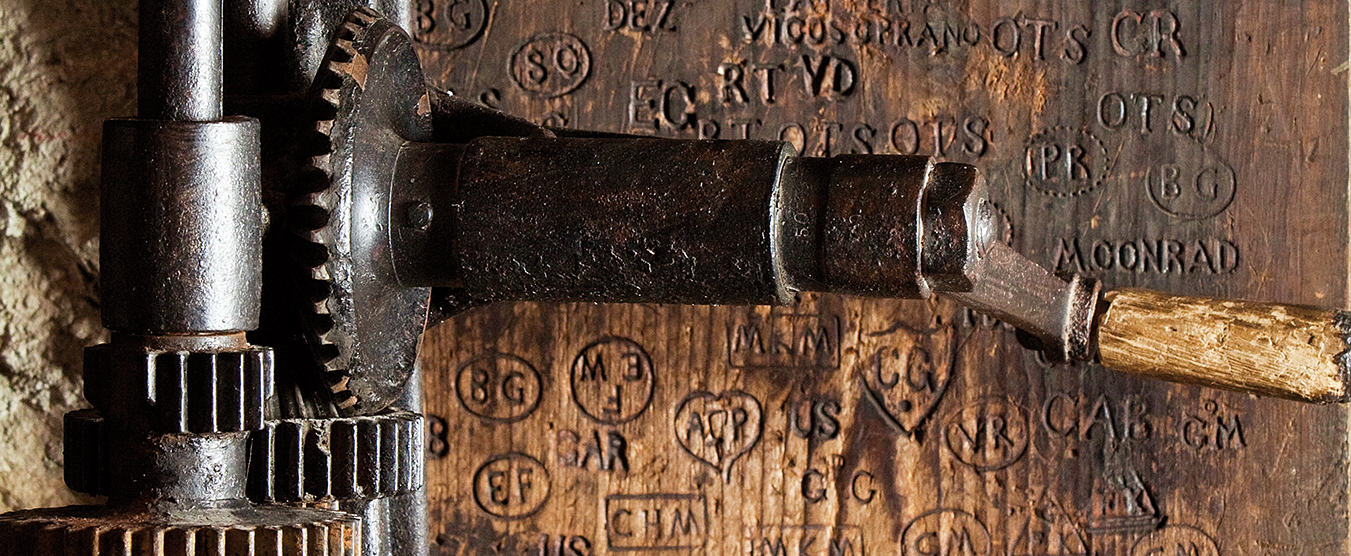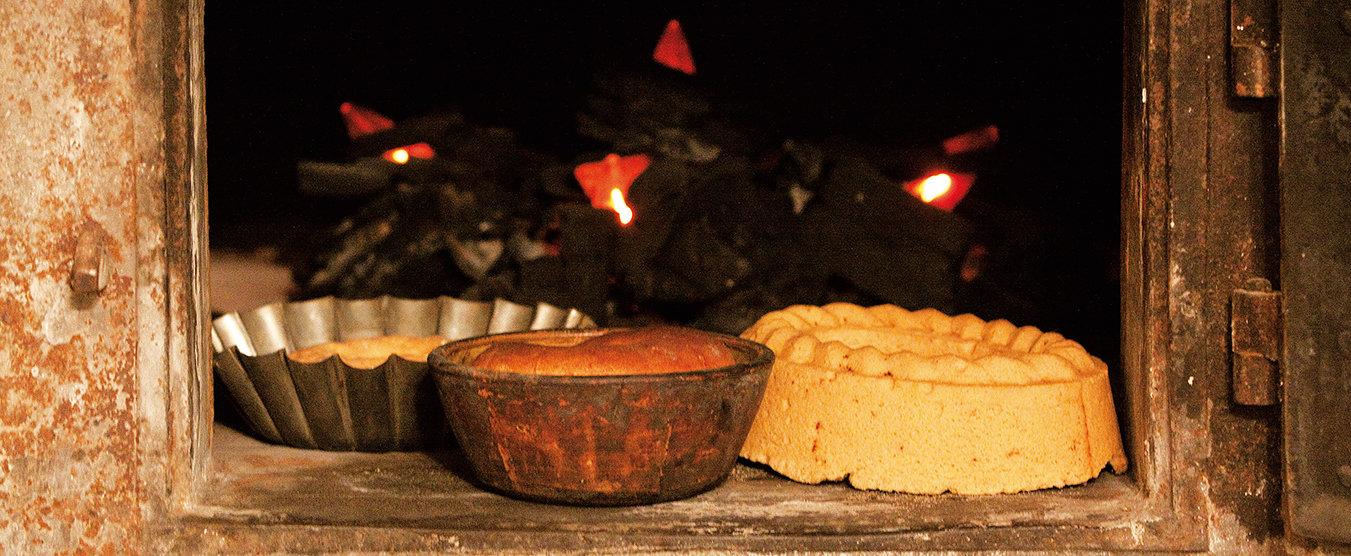







Hunter-gatherers they were and left their flint tools by the remains of a fire in the Forno valley. There are settlements from the Bronze age onwards.
Etruscans left inscriptions at Maloja and the Romans established residences in Soglio, Bondo, Promontogno and subsequently in Vicosoprano. The so-called murus divides the Bregaglia into Sotto-Porta and Sopra-Porta, and it is here where the first Roman empire established a boundary. A road was constructed through the valley in order to afford passage over the Septimer- and the Maloja-pass.
Since the 16th century, the valley has been known to work a local variety of serpentine, which is a relatively soft and oily stone, from which on a lathe cooking pots and other vessels can be turned. The museum displays one such workshop from past times.
The Bregaglia valley since ancient times served as a thoroughfare from Southern Europe to North of the alps. Thus one important craft was that of the blacksmith, their smithy ideally located along the main road. In the museum one such smithy is installed, which
combines items from a smithy in Borgonovo and one in Spino.
In Soglio, local handicrafts are offered in a section of the tourist office. These include knitted ware, woodwork and items of wrought iron. Also on offer are publications.
The rather fragile economy of the valley caused many locals to seek their fortune abroad.
Their destination of choice was Venice, where they opened pastry and coffee houses. In the second half of the 18th century most were expelled from the Serenissima and then ventured all over Europe.
Typically they would travel home to marry a local woman, who in turn would return home, if travel was possible, to give birth. These family-run ventures were passed down within the family. In Northern Europe the offering of these coffee houses also included spirits, preserved meat and citrus fruit. At the museum, the visitor can see a recreation of “Au petit four”, a pastry shop originally located in Rocheford in the 19th century. A more expansive exhibition on the pastry makers abroad can be viewed in the Palazzo Castelmur, also in Stampa. www.palazzo-castelmur.ch
Since ancient times, the Castagna (sweet chestnut) served as the main crop in the Bregaglia. Harvest and its time-consuming treatment are shown, along with a version of a Cascina (hut) where the chestnuts are smoked and air-dried for more than a month.
To this day the method has not changed – late autumn and early winter sees the lower part of the valley enveloped in blue-tinted smoke emanating from the Cascine.
In order to learn more about the various sorts of chestnuts, a didactic path has been laid out. Should you wish for a guided tour, this can be offered upon request.
